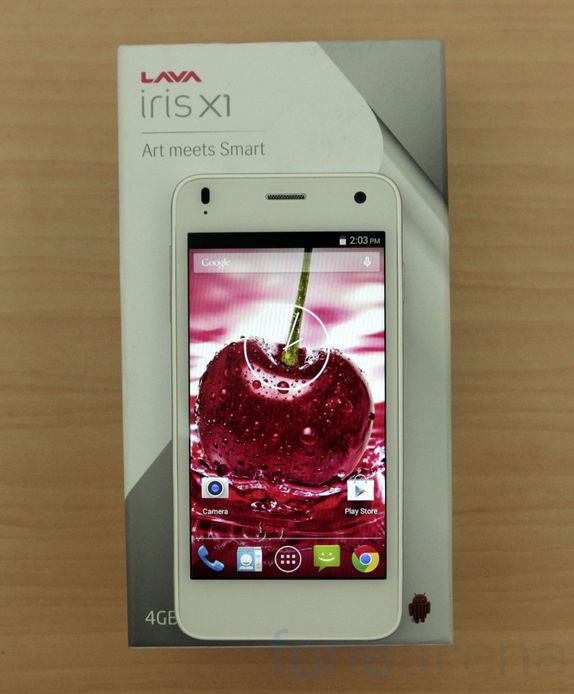Motorola Moto E, Micromax Unite 2, Xolo Q600s and Lava Iris X1 are part of the affordable value for money series of smartphones under the Rs.8,000 price tag and today, we put all of them against each other to help you make a better choice when you are about to purchase a budget smartphone. In this small comparison, we consider the display, performance, the camera, gaming and battery life of the smartphones to help you get a better perspective about these smartphones.

All these smartphones have dual-SIM capability and come with Android 4.4.2 KitKat out of the box.
Display
The specification of the displays is as follows –
Motorola Moto E – 4.3inch qHD (540×960 pixels) display 256ppi
Micromax Unite 2 – 4.7inch WVGA (480×800 pixels) display 199ppi
Lava Iris X1 – 4.5inch FWVGA (480×854 pixels) display 218ppi
Xolo Q600s – 4.5inch qHD (540×960 pixels) display 245ppi
Moto E is the sharpest display in terms of pixel density, but it is also the smallest and is the only in the lot to have on-screen buttons. So it has a comparatively very small display. Unite 2 has the biggest display amongst the lot, but also has the least dense display with just a WVGA display and a pixel density less than 200ppi. Lava Iris X1 has a reasonable 218ppi 4.5inch display while the Xolo Q600s has the second sharpest display.

In terms of brightness, the Xolo Q600s is the brightest with the Unite 2 coming in second, followed by Iris X1 and Moto E is the least bright. Xolo Q600s emerges as the strongest in terms of viewing angles with the Unite 2 again coming in second. The Moto E ’s display does better in terms of viewing angles than the one on the Lava Iris X1. Color accuracy is maintained well in the Xolo Q600s and to some extent in the Unite 2. The displays of Moto E and Iris X1 appear relatively cooler than usual.
Overall, in terms of display quality, the Xolo Q600s is the clear winner and Unite 2 comes in next. The displays of Moto E and Iris X1 come in next. If you are a fan of bigger displays, then you would be picking the X1 over Moto E as Moto E’s screen estate is shrunk down by on screen buttons.
Performance
In terms of general performance, the Snapdragon powered Moto E is better than the other three. The Unite 2 comes in next thanks to its quad-core MediaTek chip and the Broadcom quad-core chip powered X1 and Q600s take the last place. Both these phones are laggy and that shows in their general user interface. Opening the apps is much quicker on Moto E and Unite 2, while the Broadcom powered X1 and Q600s severely fall behind in this aspect. Web browsing on Chrome is pretty much the same on all these phones with pinch to zoom taking a few seconds to load and that is expected in a budget offering.
Camera
Coming to the camera, here is a quick look at the specifications of the various camera units.
Moto E – 5MP fixed focus – NO LED Flash – No front camera – 854x480pixels video
Unite 2 – 5MP Auto focus – LED Flash – 2MP front camera – 720p video
Q600s – 5MP Auto focus – LED Flash – VGA front camera – 720p video
Iris X1 – 8MP Auto focus – LED Flash – 2MP front camera – 1080p video

In terms of quality, the 8MP Iris X1 does very well while the Unite 2 and Q600s come in next with good details and colors. The fixed focus 5MP unit on Moto E is probably the worst performer in this range and if camera on a phone is very important to you, then you should reconsider Moto E. You can check out the samples of the four phones right below.
Motorola Moto E

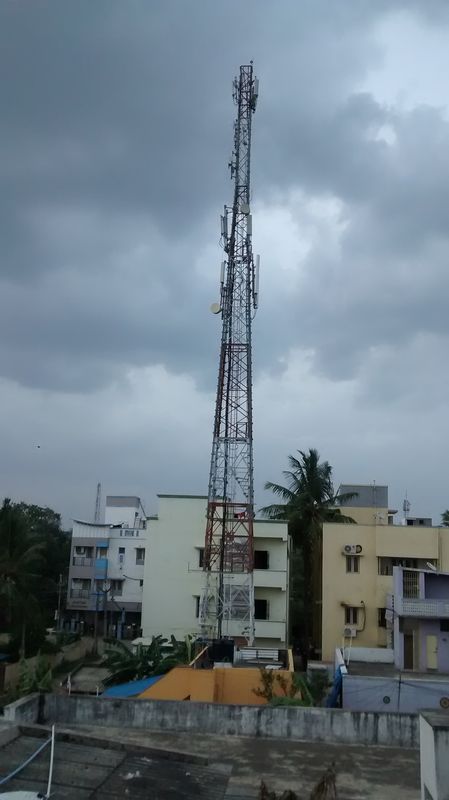

Micromax Unite 2


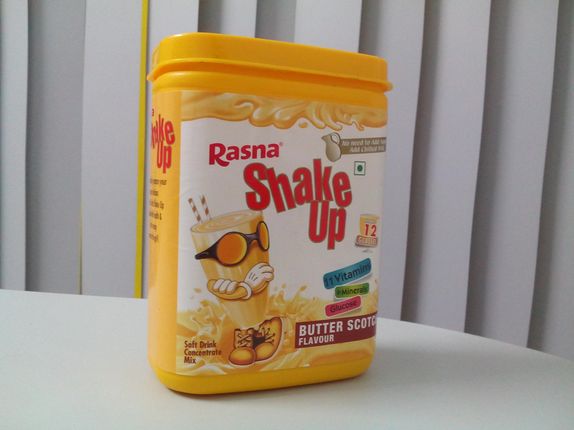
Xolo Q600s



Lava Iris X1
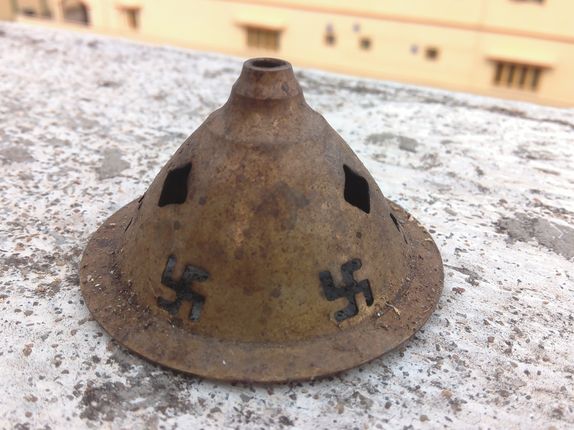

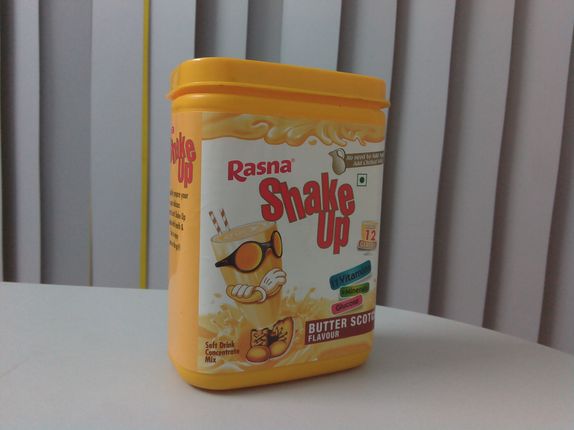
Gaming
Among the four phones, Moto E takes the crown mainly because of its Adreno GPU while the others are stuck with VideoCore GPU or Mali GPU which aren’t quite capable. Most of the games we tried included – Subway Surfer, Riptide GP2, Temple Run 2, Dead Trigger 2 and Shadow gun. Moto E was able to run the casual games well, but just started lagging on the big ones like Shadow gun. The next best is the Unite 2 and that is because of the Mali400 GPU. The VideoCore GPU powered Iris X1 and Q600s performed less than the Moto E and Unite 2. Both these phones could run the game, but that isn’t their strongest suit.
httpv://www.youtube.com/watch?v=vHYnTjNOvAQ
httpv://www.youtube.com/watch?v=cQju_ToG9lw
httpv://www.youtube.com/watch?v=cweKJuuFH-Q
httpv://www.youtube.com/watch?v=SmNw9CwhzkM
Battery Life
Moto E is the winner here again. Moto E has striped down specifications of the Moto G, but Motorola have kept almost all of its battery juice intact. Moto G had a great battery life and the Moto E does even better. The other phones aren’t that good when compared to the Moto E, but all the three will last at least one day of normal usage. Moto E will definitely last a day and half of normal usage.

Conclusion
As you can see from the comparison above, no phone is perfect and at this price range, almost all of them are far from perfect. But the choice of the perfect phone for you rests with you. If you want an excellent display, but can do with average performance, then you can get the Xolo Q600s. If the phone needs to be fast, compact and have a long battery life, then the Motorola Moto E should be your choice. If you are a fan of big displays, the Micromax Unite 2 should be the one for you. If you want a premium looking device at a bargain price, then the Lava Iris X1 should be your choice with its iPhone like looks. All the phones have their pros and cons and we try to summarize it below.

Motorola Moto E
Pros
- Excellent Battery life
- Very compact and feels solid
- Cheapest among the four
Cons
- Horrible camera
- The screen is very small(comparatively) and you have to use only on-screen buttons
- Feels heavy and bulky
Micromax Unite 2
Pros
- Big display which is relatively better than others
- Good battery life
- Reasonable camera
Cons
- Low resolution display (less than 200ppi)
- Probably the least good looking device among the four
- Feels big and bulky
Xolo Q600s
Pros
- Excellent display(considering the four phones)
- Good solid build quality
Cons
- Performance is bad – UI is slow and sluggish
- Camera isn’t great
Lava Iris X1
Pros
- Premium looks and very good design(although seems copied from the iPhone)
- Camera is better than the others
Cons
- Poor performance
- Battery life could have been better
- Display performs poorly when compared to the others



















